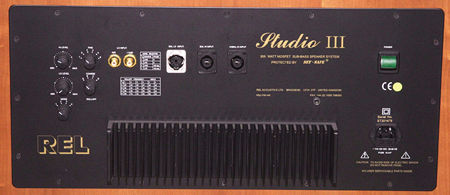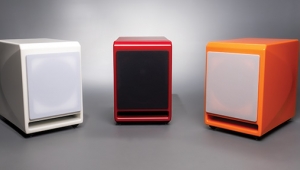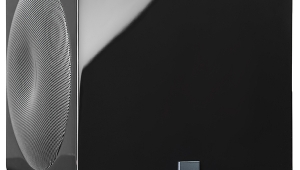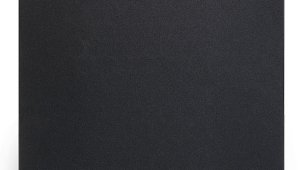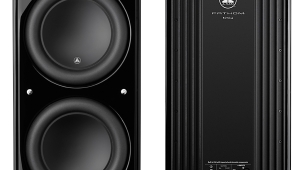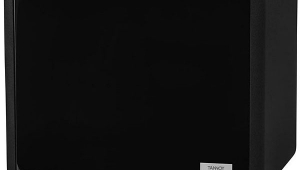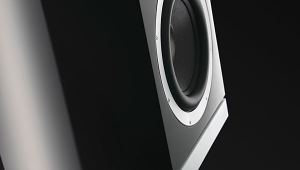| Columns Retired Columns & Blogs |
The relationship between ultra low frequencies and increased midrange palpability and clarity underscores the necessity for the lowest foundation air movement---if one is to put into the listening environment all the overtones found in the actual recorded space.
One forgets that even human speach has a percussive component which releases sub bass air movement. A plosive consonant has a leading edge of compressed air as it is sounded. No wonder the lack of ultra low frequencies robs typical playback of it's "realness."
One has to experience a properly understated $9000 add-on like the Rel to understand why you would actually NEED such a thing. Of course then it is too late and you are ruined for life.
 REL Acoustics Ltd. is of the latter persuasion. Led by Richard Lord, the Welsh firm has dedicated its considerable engineering talents and facilities to creating dedicated bass loudspeakers. Beginning with Lord's Stadium series in 1992, REL has produced cost-no-object subwoofers designed to reproduce both bass and what Lord calls "sub-bass"—the lowest musical fundamentals of percussion instruments and pipe organs, as well as nonmusical acoustic cues as to the size and shape of the recording venue. REL's focus on sub-bass has resulted in subwoofers that deliver a signal well below the output of most full-range speakers, preventing reinforcement of room modes or upper-bass prominences in the satellite speaker that can lead to "one-note" bass output.
REL Acoustics Ltd. is of the latter persuasion. Led by Richard Lord, the Welsh firm has dedicated its considerable engineering talents and facilities to creating dedicated bass loudspeakers. Beginning with Lord's Stadium series in 1992, REL has produced cost-no-object subwoofers designed to reproduce both bass and what Lord calls "sub-bass"—the lowest musical fundamentals of percussion instruments and pipe organs, as well as nonmusical acoustic cues as to the size and shape of the recording venue. REL's focus on sub-bass has resulted in subwoofers that deliver a signal well below the output of most full-range speakers, preventing reinforcement of room modes or upper-bass prominences in the satellite speaker that can lead to "one-note" bass output.

